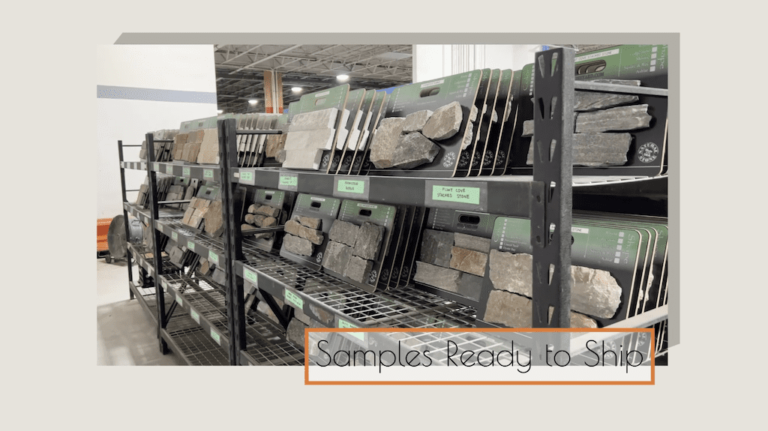Your cart is currently empty!
The Origins And Uses of Stone
Exploring the History and Versatility of Stone in Human Civilization
Stones are naturally occurring materials that can be found almost anywhere on earth. They are formed through geological processes such as erosion or volcanic activity. The type of rock formed depends on the minerals present in the area where it was formed.
For example, granite is a common type of rock that forms when magma cools slowly beneath the earth’s surface. It is composed mainly of quartz and feldspar with small amounts of mica and other minerals. Marble is another popular type of rock that forms when limestone undergoes intense heat and pressure over time.

How Stones Have Been Used in Building
Throughout history, people have used stones to build structures such as homes, temples, bridges and monuments. Stones have been a popular building material due to their durability, strength and natural beauty. From the ancient pyramids of Egypt to the Gothic cathedrals of Europe, stones have played a significant role in shaping human history and architecture.

In ancient times, Egyptians used limestone to construct pyramids while Greeks built their famous Parthenon using marble.

In medieval Europe castles were constructed using local rocks like sandstone or limestone while cathedrals were made from more precious materials like marble or granite imported from Italy or Greece.

Today stones continue to be widely used in construction due to their durability and aesthetic appeal. They can be cut into various shapes making them ideal for cladding walls both inside buildings as well as outside facades.
Types Of Decorative Stones
Rock Veneers: Rock Veneers are thin slices cut from larger pieces of natural stone which makes them lightweight yet durable enough for use on exterior surfaces such as walls or chimneys.
Stone Veneers: Stone Veneers offer an alternative to traditional brickwork by providing a more modern look without sacrificing durability. They are made from a variety of materials including sandstone, limestone and granite.
River Rock: River rock is a type of decorative stone that is naturally smooth and rounded by water over time. It comes in various sizes and colors making it ideal for use in gardens or as accents on walls.

Fieldstone: Fieldstone is another popular type of decorative stone used in construction. It is typically found near fields or along streams where it has been naturally weathered over time giving it a unique texture and color.

Split Face Veneer: Split face veneers are created by splitting natural stones into thin slices which are then applied to surfaces such as walls or fireplaces creating an attractive textured look.
Natural Stone Veneer: Natural Stone Veneers offer the same beauty as traditional masonry, but at a fraction of the cost. They come in many different shapes, sizes, textures, and colors allowing you to create your own unique design.
New England Fieldstone: New England fieldstones have been used for centuries in building homes due to their durability and aesthetic appeal. These stones can be found throughout the northeast region of America.
Uses Of Decorative Stones
Decorative stones can be used both inside buildings as well as outside facades providing endless possibilities when designing your home’s exterior or interior spaces.
Exterior Uses:
- Facade Cladding – The use of decorative stones like natural stone veneers adds character to any building facade while also providing protection against harsh weather conditions.
- Garden Accents – Decorative rocks like river rocks add charm to garden paths while larger boulders make great focal points.
- Retaining Walls – Large fieldstones work well for retaining walls because they provide stability while adding visual interest.
- Fireplaces & Chimneys – Using split face veneer on chimneys creates an eye-catching contrast between brickwork and stonework
- Paving Stones – Flat pieces of natural stone can be used to create beautiful walkways, patios or driveways.

Interior Uses:
- Accent Walls – Decorative stones like fieldstone veneers add texture and warmth to any room.
- Fireplaces – Using river rock around fireplaces creates a cozy atmosphere while providing insulation from the heat.
- Kitchen Backsplashes – Natural stone veneers make great backsplashes because they are easy to clean and provide a unique look that complements any kitchen design.
- Bathroom Showers – Split face veneer is an excellent choice for shower walls because it adds character while being water-resistant.
Conclusion
Decorative stones have been a popular choice in construction for centuries due to their durability and aesthetic appeal. They come in various shapes, sizes, textures, and colors making them ideal for use both inside buildings as well as outside facades. From ancient Egyptian pyramids to modern-day homes, decorative stones continue to be widely used in construction today. The versatility of stone has made it an important building material that is not only durable but also adds beauty to any structure.
Stone has played a critical role in human civilization since the beginning of time. Early humans used it to create primitive tools such as hand axes while civilizations developed more complex structures like temples, pyramids, and castles with this versatile material. Today, stone continues to be an essential building material because of its strength and visual appeal. It is also utilized for sculpture work, jewelry making or even landscaping projects which shows how diverse the application can be across different industries. Overall, the history and culture surrounding the use of stone make it a vital part of our past and present world alike

If you’re interested in using decorative stones on your next project check out stoneyard.com where you’ll find a wide selection of high-quality natural stone products at affordable prices.






